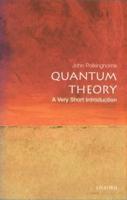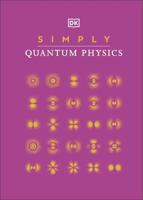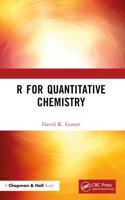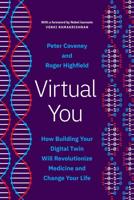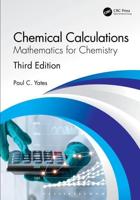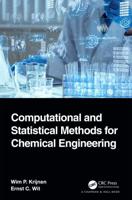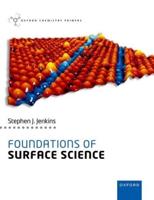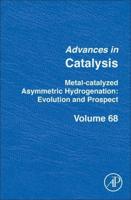Publisher's Synopsis
The valorisation of agricultural biomass waste such as sugar cane bagasse, coconut shells and babassu endocarp is growing all the time. Such lignocellulosic waste has been widely used as a source of raw material (precursors) for the production of porous carbonaceous materials, especially Activated Biocarbons. The great advantage of using such waste is related to the sustainability of the process. The methodology described in this book was developed with sustainability in mind, saving energy and unit operations by subjecting the raw material (biomass) to the carbonisation/physical activation process with water vapour at 800 °C in a single step. This methodology is, in fact, a technological innovation capable of not relying on chemical reagents such as acids, bases, metal oxides, etc. during the activation process. The production of activated biocarbons with a high specific surface area allows these materials to be widely applied in processes to remove various types of organic/inorganic contaminants from a wide variety of matrices using the adsorption technique.

